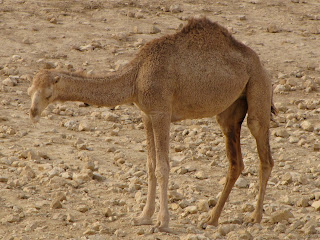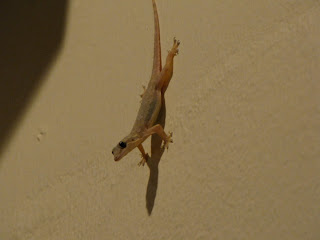
Then Moses climbed Mt. Nebo from the plains of Moab to the top of Pisgah, across from Jericho. There the Lord showed him the whole land—from Gilead to Dan, all of Naphtali, the territory of Ephraim and Manasseh, all the land of Judah as far as the western sea, the Negev and the whole region from the Valley of Jericho, the City of Palms, as far as Zoar. Then the Lord said to him, "This is the land I promised on oath to Abraham, Isaac and Jacob when I said, 'I will give it to your descendants.' I have let you see it with your eyes, but you will not cross over into it."
And Moses the servant of the Lord died there in Moab, as the Lord had said. He buried him in Moab, in the valley opposite Beth Peor, but to this day no one knows where his grave is. Moses was a hundred and twenty years old when he died, yet his eyes were not weak nor his strength gone. The Israelites grieved for Moses in the plains of Moab thirty days, until the time of weeping and mourning was over.
--Deuteronomy 34:1-8
Situated 6 miles NW of Madaba, and just north of the Dead Sea; Mt. Nebo provides a panorama of the Holy Land with visibility to the West Bank city of Jericho, as well as, Jerusalem on a clear day. Revered as one of the most important Christian sites in Jordan, Mt. Nebo is where Moses was shown a glimpse of the Holy Land—the end location of his exodus from Egypt with the Israelites. But, in accordance with God's plan, Moses died there in Moab and never stepped foot into the Promised Land.


A map of the views from Mt. Nebo depicting various cities and landmarks including the Dead Sea, Bethlehem, Jerusalem, and Jericho.

A close-up of a portion of the Promised Land across the border in Israel.


A modern sculpture of Moses' staff, by Giovanni Fantoni, symbolic of the bronze snake he created in the wilderness (Numbers 21:4-9) in combination with Jesus' cross (John 3:14).

































.jpg)





















